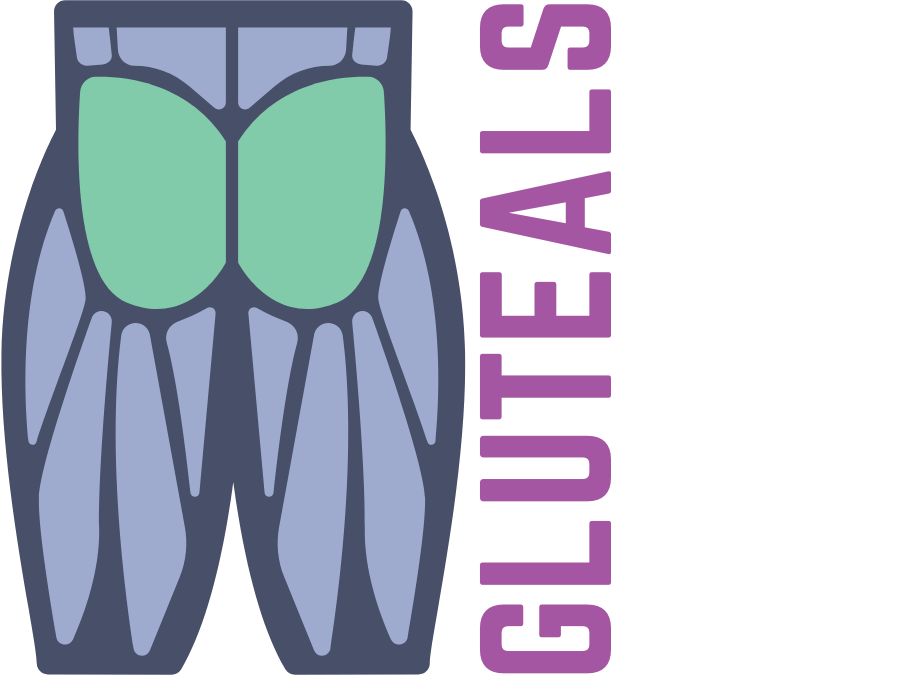Enhancing Running Recovery: Strategies for Optimal Performance
Did you know that running is a popular form of physical activity in Australia, with 1 in 5 Australians trying it at some stage in their life? As events like Run Melbourne, The Melbourne Marathon, and Great Ocean Road Marathon gain increasing popularity, with the Melbourne Marathon attracting over 30,000 participants, more runners are seeking ways to optimize their recovery sessions and gain an extra edge in training or reaching their goals.
The Growing Running Community in Melbourne
Melbourne boasts a large and growing running population, with many individuals focused on building their mileage and working towards personal goals and events. However, it's essential to consider what can be done to support post-run recovery. Whether it's improving performance leading up to an event or managing a running injury, implementing cost-effective methods can make a significant difference. These methods include an appropriate warm-up and cool-down strategy, stretching to improve mobility, using a foam roller to alleviate muscle heaviness, receiving massage therapy for recovery and identifying potential issues, and following a structured running schedule that prepares for events without overtraining.
The Role of Massage in Running Recovery
While massage alone won't turn you into a natural athlete or dramatically improve your running pace, it serves as a vital tool in muscle recovery for runners.
Often, there might be underlying tightness or neglected areas of soreness that go unnoticed. Massage can help identify and address these issues, contributing to a successful recovery session.
Benefits of Running
Running offers a wide range of benefits for individuals of all ages and fitness levels. Studies have shown that engaging in regular running can decrease the risk of cardiovascular disease, help manage weight and prevent obesity, reduce the risk of Type 2 diabetes, alleviate stress and depression, build muscle strength, strengthen bones, and enhance social interaction, leading to improved psychological health.
Different Types of Massage and Their Timing
There are three main types of massage that runners can consider for recovery and managing aches and pains: sports massage, clinical massage, and relaxation massage. Each type has its unique benefits and is most effective when used at specific times. Sports massage is beneficial during intense training periods and before events, clinical massage focuses on addressing specific areas of pain or tightness, while relaxation massage is ideal for post-event recovery.
Supplementary Recovery Strategies
In addition to massage, runners can incorporate supplementary treatments to enhance their recovery process.
These strategies include:
Foam Roller
Stretching
Ice Baths
Massage Gun
Compression Tights
When considering the available evidence, the recovery strategies listed are largely anecdotal.
The use of Foam Rollers may help with improving range of motion and reducing acute muscle soreness. Stretching helps with range of motion & reduces muscle soreness. Massage guns provide targeted vibration therapy which can influence your experience of tightness.
Understanding the Leg Muscles' Function in Running
To better comprehend the importance of recovery, it's essential to understand the role of leg muscles in running. The calves assist in pushing the body forward during the swing cycle, while the hamstrings propel the leg behind from contact to foot off. Quadriceps actively engage in the push-off phase, and the ITB and glute muscles stabilize the knee and hip while transferring force. Hip flexors play a role in stabilizing the hip and facilitating leg movement.
Conclusion
Optimising recovery is crucial for runners aiming to improve performance, prevent injuries and find a competitive edge. Incorporating strategies such as appropriate warm-up and cool-down routines, stretching, foam rolling, massage, and following a structured running schedule can play a role to enhance recovery sessions. Additionally, understanding the benefits of running and the various types of massage, as well as utilising supplementary recovery strategies, can contribute to overall well-being and improved running performance.
Remember to listen to your body and seek professional guidance when necessary to ensure














